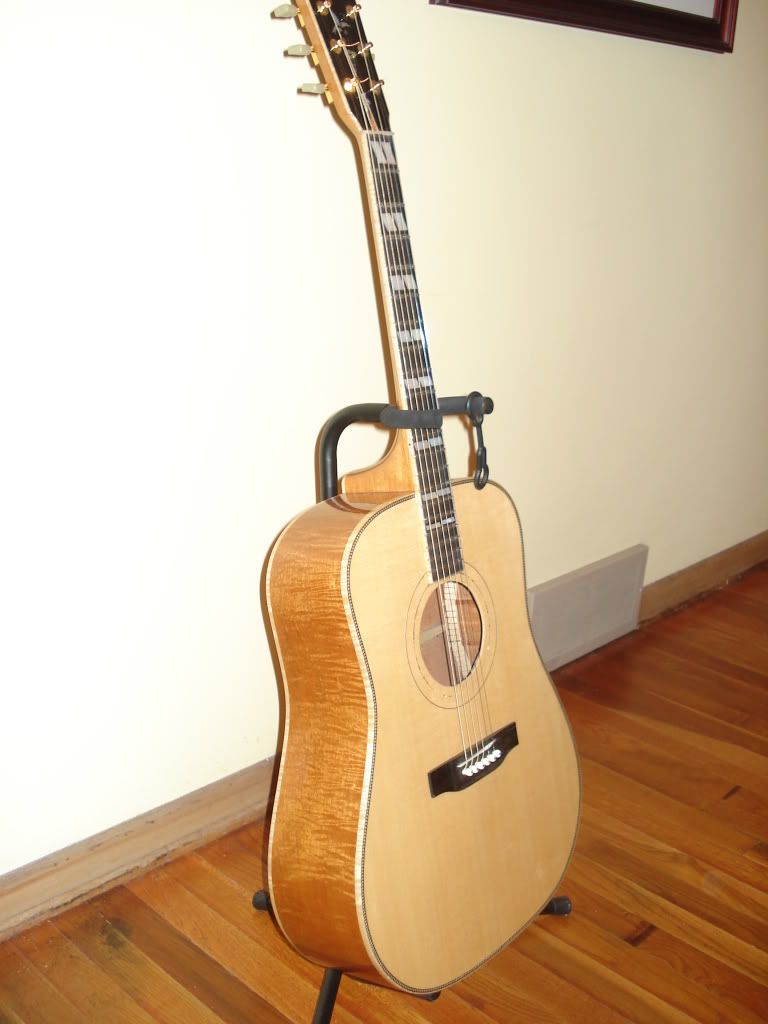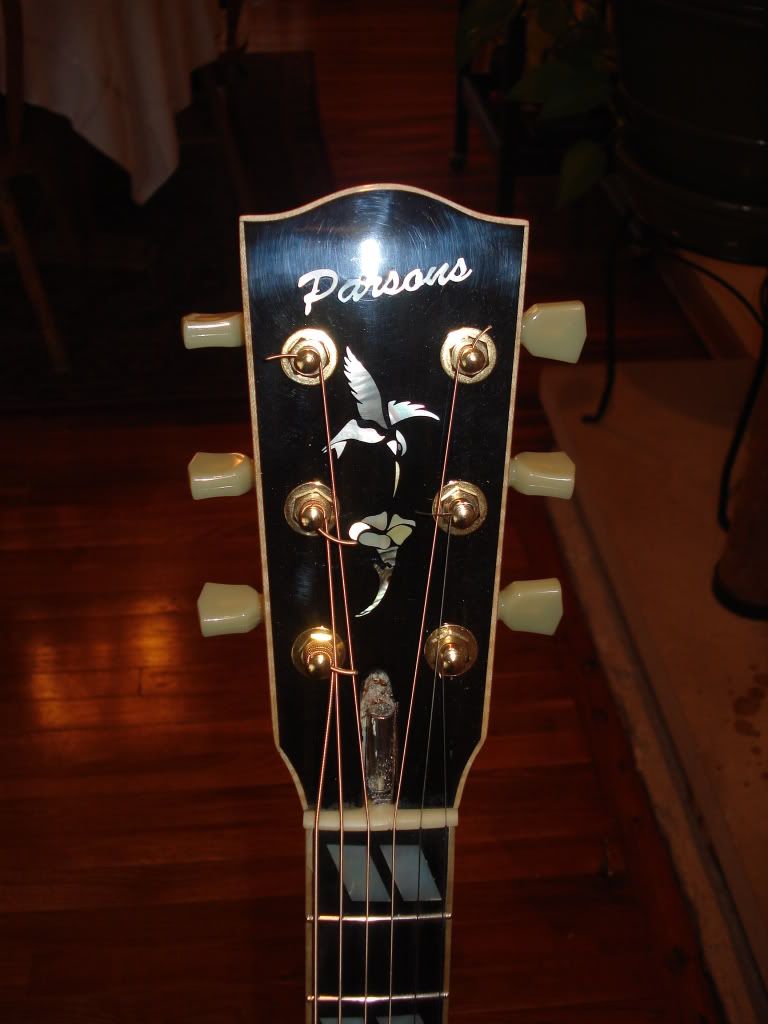Not to pour water on your noble attempt to provide some credible science to the subject of nut material discussed here and it it's effect on sound. I'd just like to add a few comments you may like to consider as you read and interpret that article.
1/ It discusses saddle material not nut material and the effect they claim it has on sound.
2/ it is documenting evidence to support a claim that tusq is superior to bone and the people investing in that possibility are concerned with the commercial benefit of selling tusq as opposed to bone. At best it can only ever be consider different as both work quite adequately.
3/ They make the correct statement that there is a simple fact involved in physics that in terms of energy you can get out only what you put in and that amplitude and sustain is a trade off. Increase one and you decrease the other. With a quick look look at the graphs that are included in the actual document you will see that they then go on to demonstrate how both amplitude and sustain are increased when using tusq. This is of course is impossible as they correctly stated. Either that or if it was the other way round and the results are to imply that the response is actually smoother and that the amplitude and sustain are decreased to accomplish this then once again it is a physical impossibility.
4/ If it was the case the only way that could happen is if energy from the string is lost in other ways. They also correctly identify the other ways in which energy can be lost in such an model, namely vibrational energy from the string itself to the air around it and impedance or internal impedance of the string and saddle. The result of which would result in quite a bit of heat being generated because energy has to go somewhere. They neglected to measure this but I for one have never noticed a bone saddle increasing in temperature as a result of string energy.
5/ Whilst I applaud their attempts to investigate this. I'm afraid there really isn't enough of their data published to accept their findings. If I had carried out that experiment I would have published details of the setup, the equipment used to measure the results, the results themselves and perhaps most importantly any possible phenomena that could and will influence the accuracy of any data gathered. That would include variances in the the setup between models, the sample size, the manner in which identical amounts of energy are imparted to the string, The sample size, the manner in which other factors will effect the results to do with the materials of the guitar itself, also any previous research they used to draw against and cite any references they would have used.
I would be interested to see a complete account of the study but I'm afraid at present point 2 is the most relevant in the published results.
Thanks again for your efforts to actually look into the physics of the subject I applaud it. Have a look at the pdf that shows the only results that publish though and I think you'll agree that it is a little sparse in both quantity and quality.
You can of course choose to accept the finding. VP undoubtedly will.





